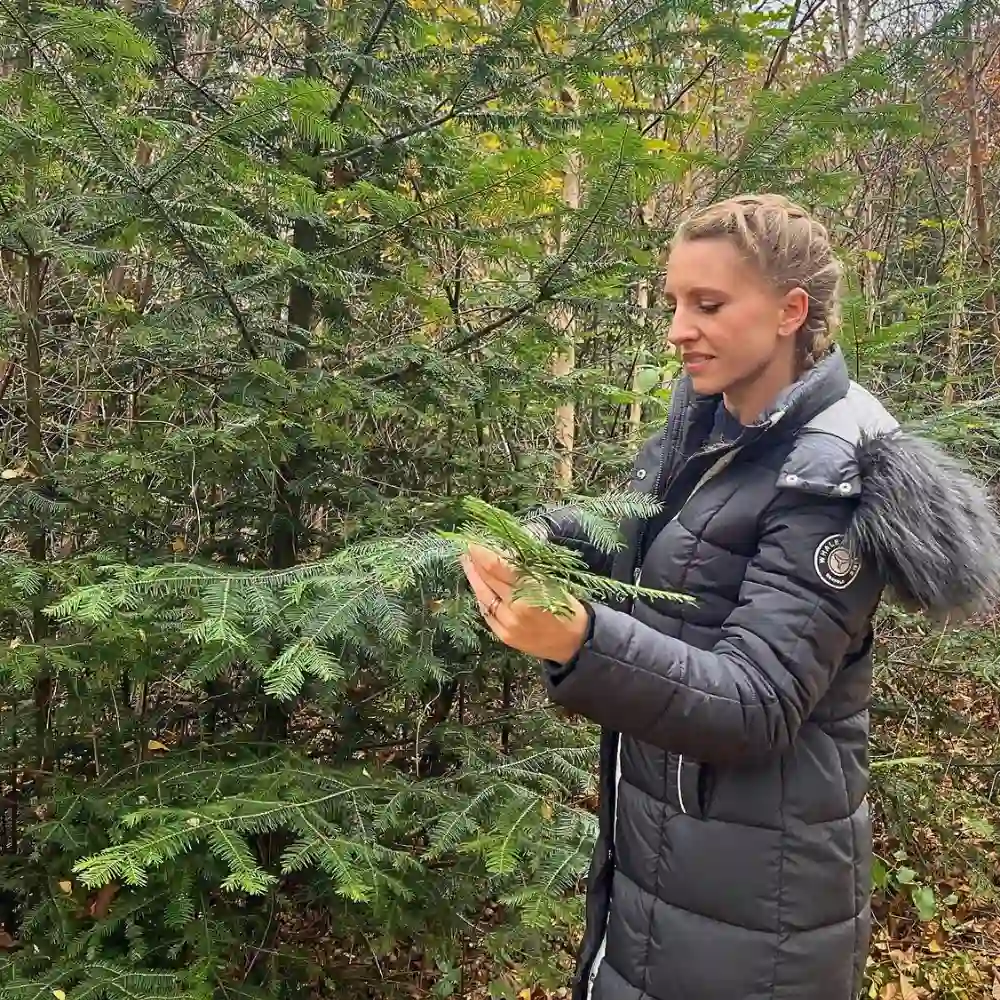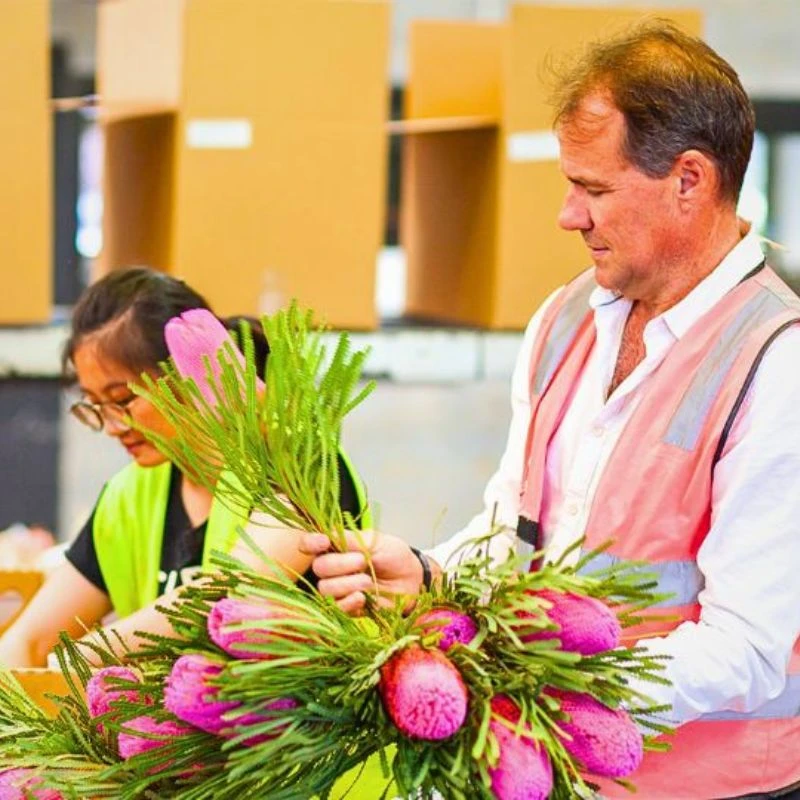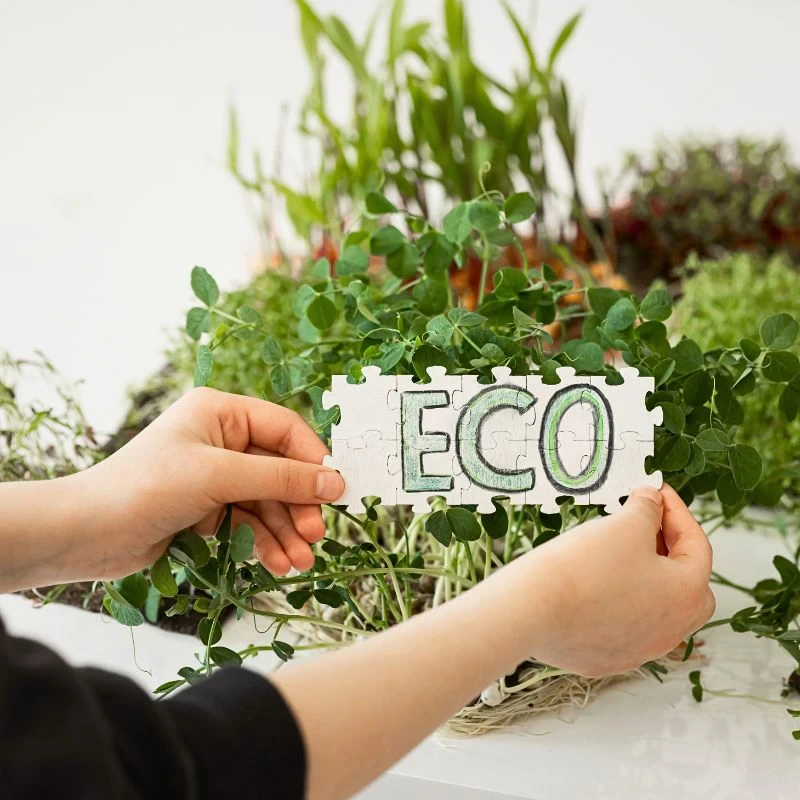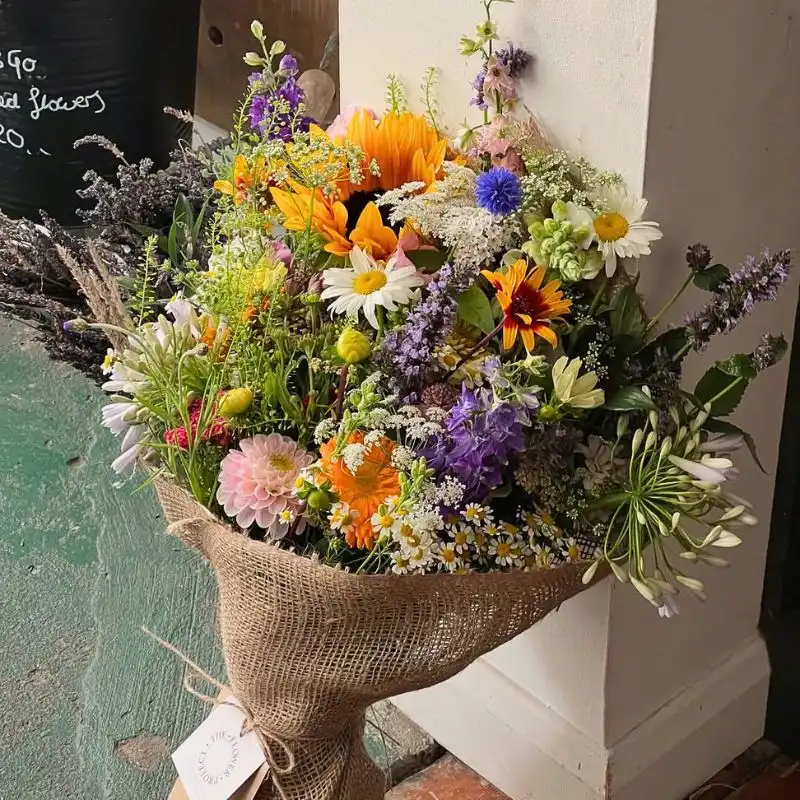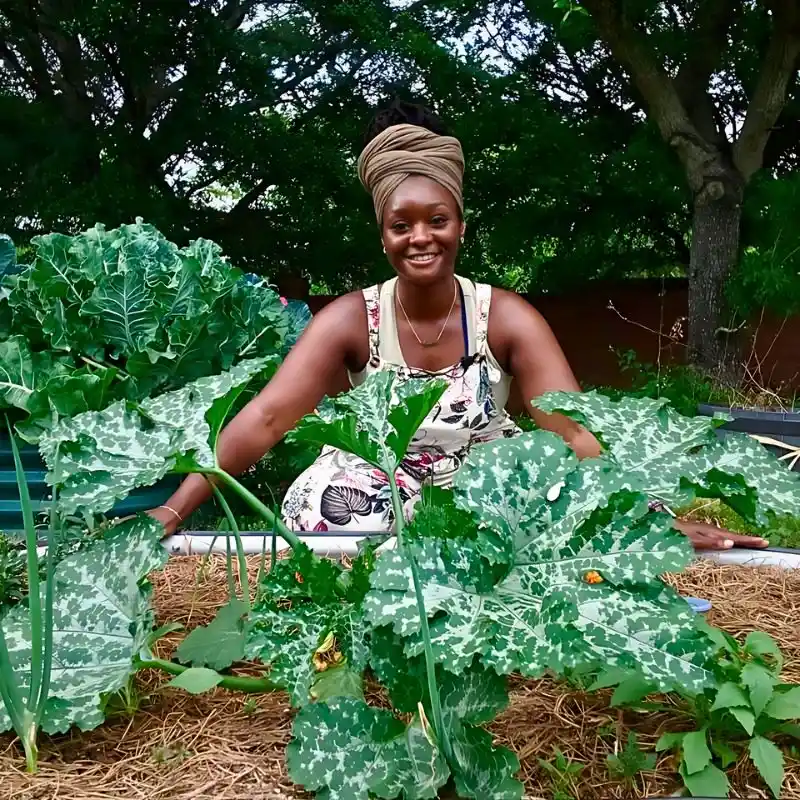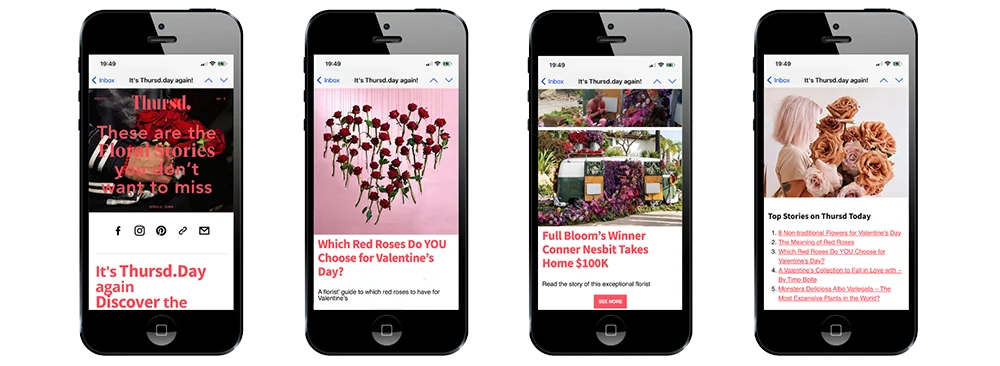If you have been in the flower world long enough, you know the dance. Everyone wants to be greener, cleaner, and more planet-friendly. At least on the label. Behind the scenes, things sometimes look a bit different, which is precisely why greenwashing has become its own strange art form. And yes, it is alive and well in the floral industry too.
How to Be Green (In the Eyes of Your Customers)?
So, in the spirit of poking a little fun at ourselves, here is a satirical guide inspired by a delightfully sharp cartoon that shows how some brands try way too hard without doing the work. Consider this your tongue-in-cheek manual for everything you should not do.

1. Start With a Big, Bold Claim
The easiest way to sound sustainable is to declare it – no proof needed. Pick something broad like eco-friendly or planet-positive. Say it often enough and someone might believe you. If anyone asks for data, smile politely, point to a green logo, and change the topic to how your roses lasted an extra day in a vase.
Write down some irrelevant claims. For instance, that you do not use (already forbidden!) chemicals, plastics, or whatever materials that are banned by law. Not everyone knows they were banned, but it will make you more credible to many ignorant customers and consumers. And it does not hurt to overdo it slightly. Make the claim broader so it sounds like the whole company is sustainable.

2. Hide the Things You Do Not Want to Talk About
Use the classic omission move. Highlight one nice initiative while quietly nudging the rest under the table. Maybe you swapped your plastic stirrers for bamboo ones. Congratulations. Just leave out the part where your farm still runs on diesel generators from the early nineties.

3. Visual Tricks Always Help
If your sustainability claims feel thin, visuals can do the heavy lifting. A green color palette works wonders. Add a leaf here, a little globe icon there. Maybe even a bird silhouette. Suddenly, the whole company feels like it is floating through a pristine forest instead of shipping pallets across continents every week.

4. Learn the Magic Terms
There is a list of phrases that sound sustainable but don't mean much. Think carbon neutral, zero impact, compostable, natural, ethical, low carbon, plastic-free. Sprinkle them around like confetti. Use them on packaging, press releases, and even email signatures. Remember, the key is confidence, not accuracy.

5. Ignore That One EU Directive
There is a regulation aimed at cracking down on vague claims and dodgy sustainability labels. Best practice would be to follow it. But in this satirical guide, you just pretend it does not exist. It is hard to greenwash with rules in the way.

6. Translate Your Claims Carefully
If you ever get worried someone might look too closely, use clever phrasing:
- An eco-conscious collection often means three products out of three thousand
- Also, a neat, but often hollow phrase: "Made from natural ingredients." So, use it!
- Biodegradable can translate to technically, but not in the next century
- Carbon neutral sometimes means you bought offsets from someone who knows a guy who knows a guy
- "Ethically made" sounds very convincing and trustworthy, don't you think? Just like:
- "Eco-friendly"
- "All-natural" (arsenic is natural too)
- "Non-toxic"
- "Biodegradable" (everything breaks down eventually)
- "Sustainably sourced"

Why Satire Matters
Jokes aside, florists and growers care deeply about doing better for the planet. The industry is full of people looking for honest solutions, whether it is improving logistics, reducing waste, or boosting transparency on farms. Satire helps highlight where things go sideways, so we can steer back toward the real work.

In the end, sustainability is not a branding exercise. It is a practice. And as long as we keep talking openly about what works and what still needs work, the industry will keep moving in a better direction.
Until then, keep an eye out for those leafy logos. They might be telling the truth. Or they might just be very good at marketing. Keep in mind that for many (most?) companies, the marketing budget is bigger than the environmental budget...
Header and feature image by Greenwashing Stock photos by Vecteezy. This blog is inspired by Gianluca Managò., a specialist in helping brands turn sustainability data into profitable business insights and circular products.



